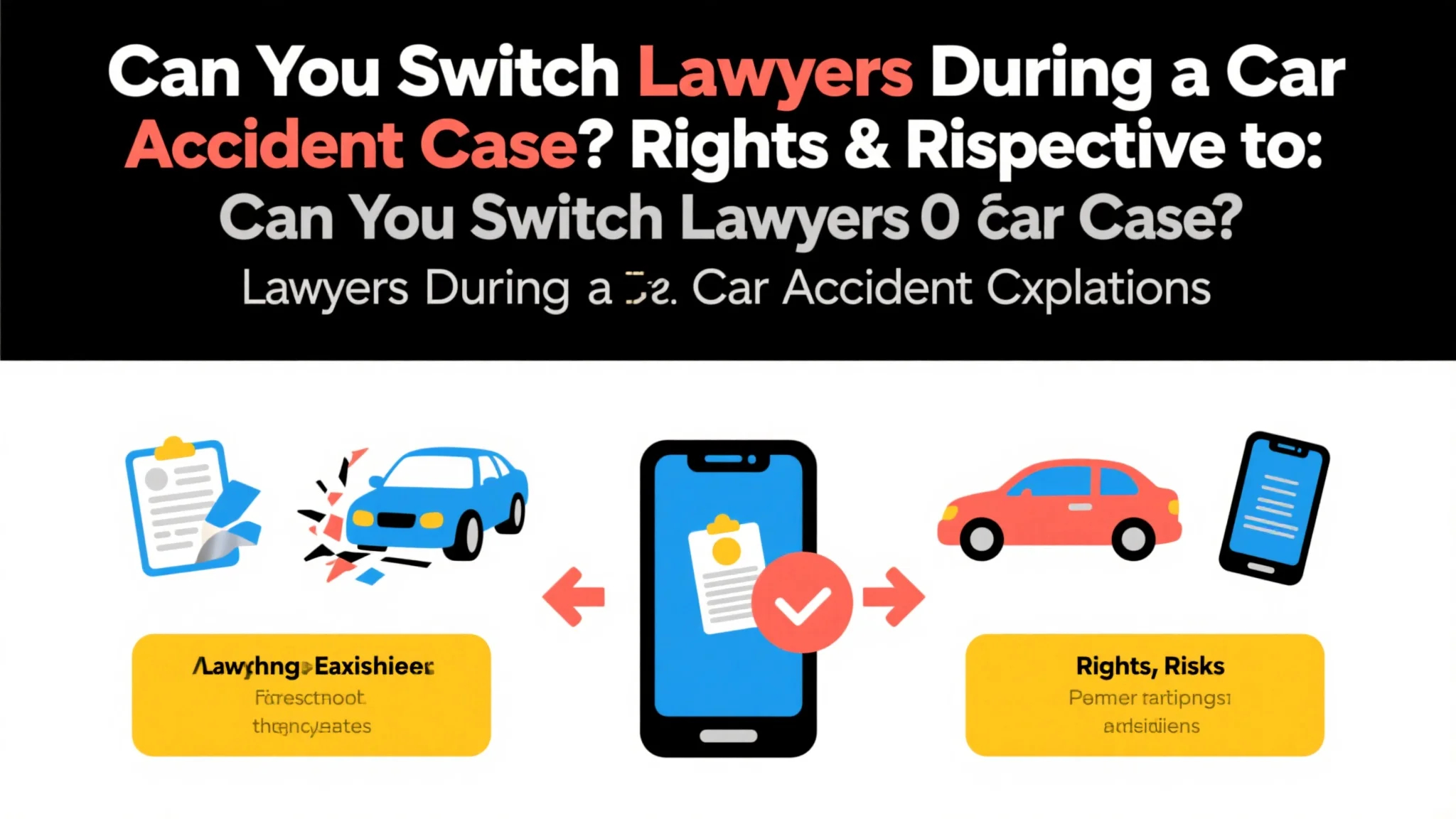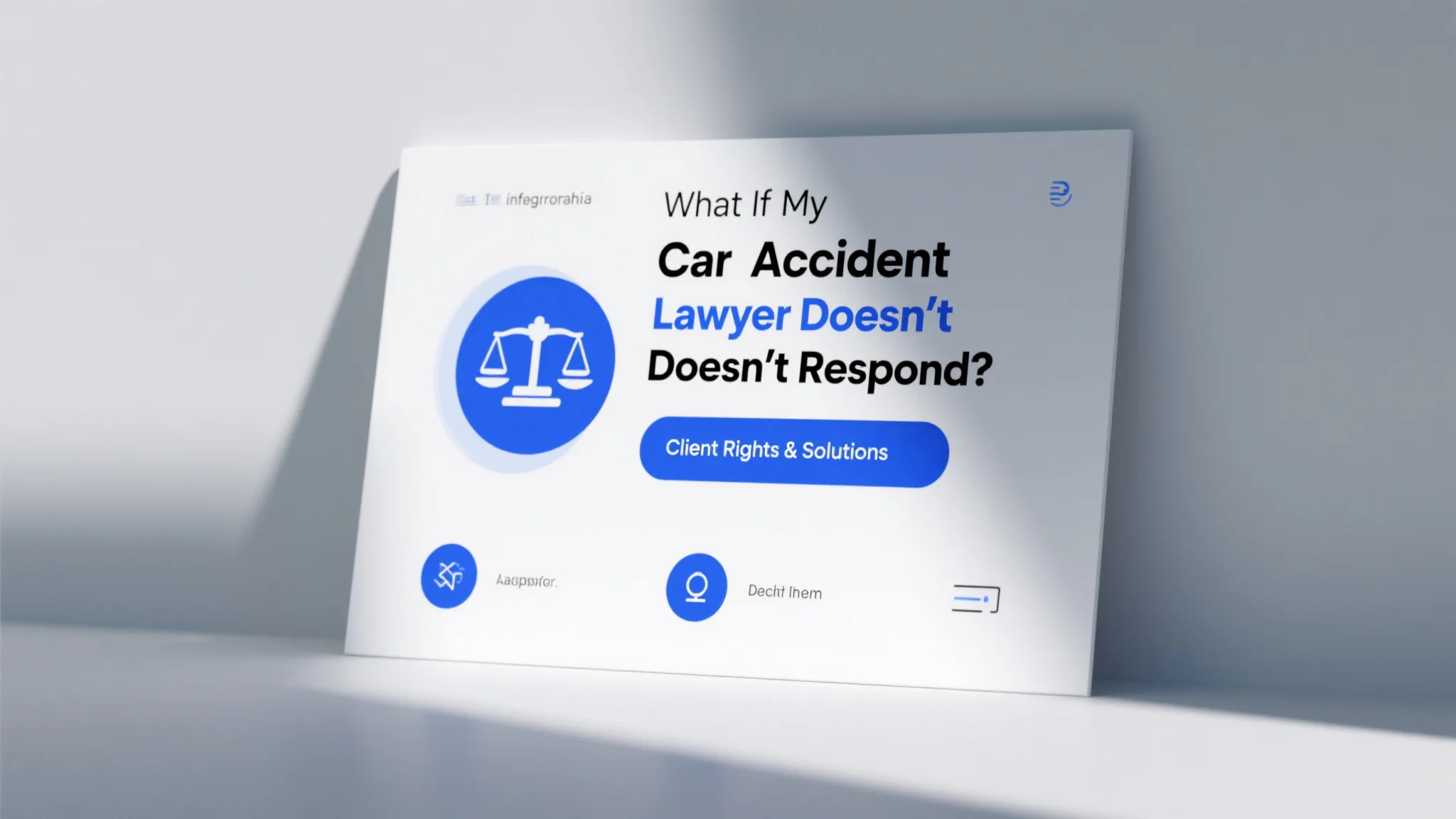Understanding Your Right to Change Legal Representation Mid-Case
When involved in a car accident lawsuit, many plaintiffs wonder about their options regarding changing attorneys mid-case. The legal system explicitly recognizes a client’s right to switch counsel, though the process involves important considerations. This fundamental right stems from the attorney-client relationship being a voluntary contractual agreement that either party can terminate under proper circumstances. However, abruptly dismissing your lawyer without understanding the potential consequences could negatively impact your case’s outcome. The decision requires careful evaluation of your current attorney’s performance, the stage of your litigation, and the availability of qualified replacement counsel.
The Step-by-Step Process for Terminating Your Current Attorney
Initiating the lawyer termination process requires following specific legal protocols to ensure a smooth transition. First, review your contingency fee agreement for any clauses about termination rights and potential fees owed upon dismissal. Next, formally notify your attorney in writing about your decision to terminate representation, being careful to avoid any communication gaps that could miss critical deadlines. Your outgoing counsel must then file a motion to withdraw with the court and provide you with your complete case file. Throughout this process, maintaining professional courtesy helps prevent unnecessary conflicts that might delay your case or create additional complications during the transition period.
Evaluating When Switching Lawyers Makes Strategic Sense
Determining the optimal timing for changing attorneys mid-case requires assessing multiple factors. Early case stages often present the best opportunities for smooth transitions, before significant discovery or motion practice occurs. However, valid reasons for switching later might include fundamental disagreements about case strategy, communication breakdowns, or discovering your attorney lacks necessary trial experience as court dates approach. Be wary of making emotional decisions based on temporary frustrations – instead focus on objective measures like missed deadlines, failure to return calls within reasonable timeframes, or lack of substantive case progress over extended periods.

Finding and Vetting Qualified Replacement Counsel
Securing competent new representation requires thorough due diligence during the transition period. Seek attorneys with specific experience handling car accident cases at your lawsuit’s current stage – whether that’s pre-litigation negotiations, discovery battles, or impending trial. Consult multiple candidates to compare their assessments of your case’s strengths and proposed strategies. Importantly, verify their availability to immediately take over your matter without conflicts of interest. Many top attorneys offer free initial consultations, allowing you to evaluate their qualifications before making a commitment. This research phase proves critical to avoiding repeating previous unsatisfactory attorney relationships.
Financial Considerations When Transitioning Between Lawyers
The lawyer termination process often involves complex fee arrangements between outgoing and incoming counsel. Most contingency fee agreements specify how fees will be divided if you change attorneys, typically based on work completed versus results achieved. Some states require outgoing attorneys to file liens for unpaid fees or costs advanced on your behalf. These financial considerations shouldn’t deter you from switching if necessary, but understanding them helps prevent surprises. Your new attorney can often negotiate these arrangements as part of taking over your case, sometimes agreeing to cover certain outstanding costs in exchange for a larger percentage of the eventual recovery.
Minimizing Disruption to Your Case During the Transition
A smooth handoff when securing new representation requires proactive coordination between all parties. Ensure your outgoing attorney provides complete case files, including all correspondence, discovery materials, and internal notes. Verify that all critical deadlines get properly calendared with your new counsel immediately. Consider requesting a joint meeting between both attorneys to discuss case status and transition details, though your former lawyer cannot share confidential communications without your consent. This collaborative approach, when possible, helps maintain case momentum while protecting your legal interests during what can otherwise become a vulnerable period in your litigation.
Potential Risks and How to Mitigate Them
Changing legal teams mid-stream inherently involves certain risks in your changing attorneys mid-case scenario. The transition period might create opportunities for opposing counsel to exploit temporary gaps in representation. Court schedules won’t pause for your attorney change, making timely coordination essential. There’s also the risk that different attorneys might assess your case’s value differently, potentially affecting settlement negotiations. Mitigate these risks by ensuring minimal downtime between counsel, thoroughly briefing your new attorney, and maintaining realistic expectations about how the change might temporarily affect your case’s progression. With proper planning, these transitional challenges can be successfully navigated without compromising your ultimate recovery.
Special Considerations for Cases Nearing Trial
When contemplating the lawyer termination process as trial dates approach, additional factors come into play. Courts often hesitate to grant last-minute attorney withdrawals, fearing delays to trial calendars. New counsel may need time to get up to speed on complex case details that your previous attorney spent months or years developing. Some jurisdictions impose strict requirements about how close to trial attorneys can withdraw. If trial is imminent, you might need to demonstrate extraordinary circumstances justifying the change or risk proceeding with unsatisfactory representation. These high-stakes situations underscore why earlier intervention, when problems first become apparent, generally serves clients better than waiting until the eve of trial.



